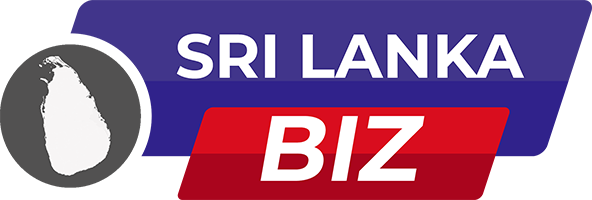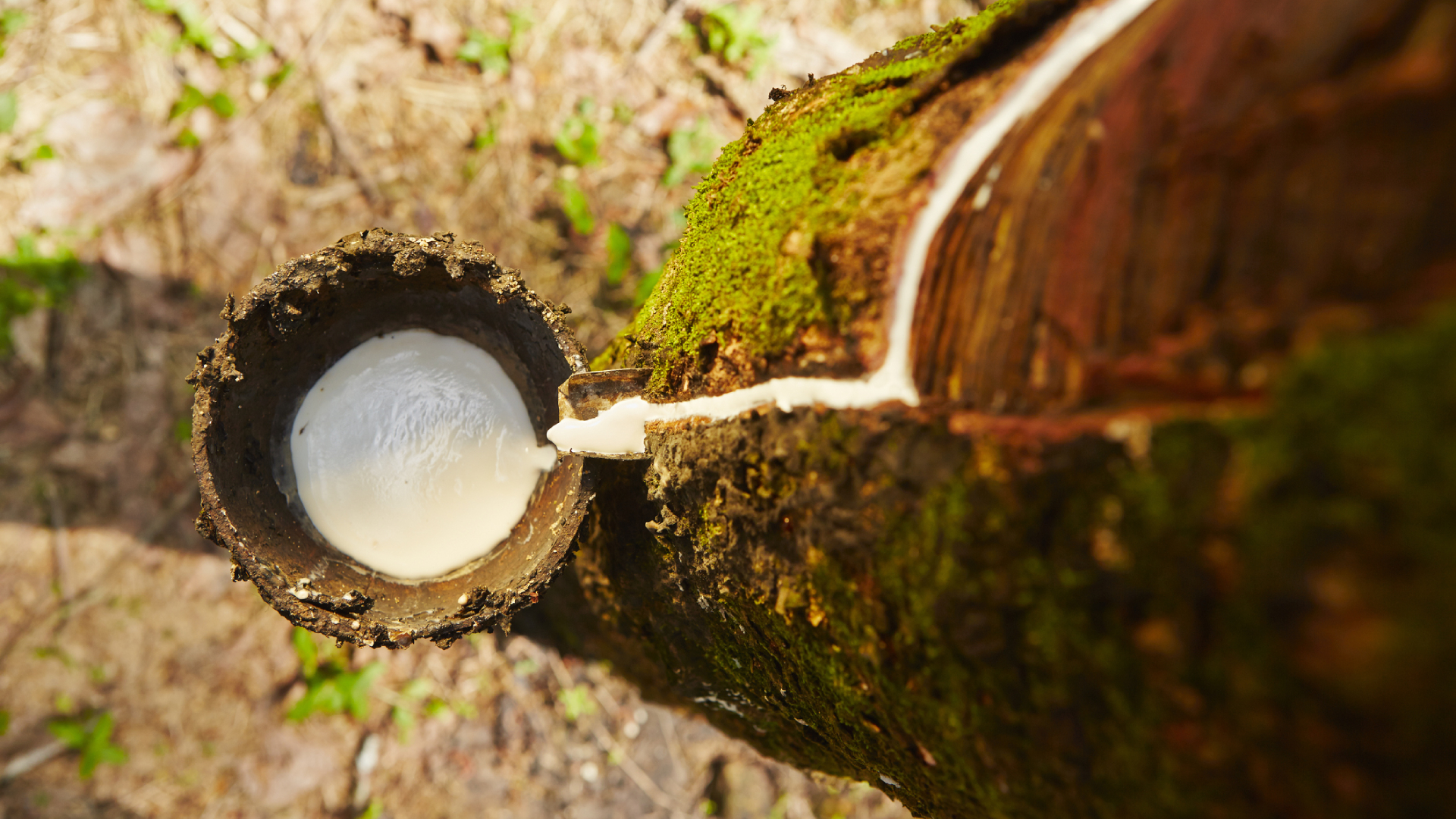Sri Lanka’s rubber export sector is anticipating a rise in order volumes from Europe this October, as buyers return after the summer break and U.S. export earnings strengthen, according to Forbes and Walker Commodity Brokers in their latest rubber market report.
Industry experts are optimistic about new orders in the coming months, although they warn that the upcoming U.S. elections may briefly impact demand. The Sri Lanka Association of Manufacturers and Exporters of Rubber Products (SLAMERP) also raised concerns about increasing natural rubber prices, which may drive a global shift toward synthetic alternatives.
Alongside rising prices, the rubber industry faces additional challenges, including high energy and water tariffs, labor shortages, currency fluctuations, and a lack of raw rubber materials. These obstacles are further compounded by the pressure to meet the European Union Deforestation Regulation (EUDR) compliance requirements by the end of 2024.
With over 75 percent of Sri Lanka’s rubber production relying on smallholders, the industry is struggling to implement necessary measures due to limited resources. Failure to comply with the EUDR could jeopardize Sri Lanka’s ability to export rubber and latex-based products to the EU, a vital market for the sector.
Despite these challenges, latex crepe prices have surged recently, with Latex Crepe 1X prices increasing by Rs. 76.25 per kilo, and No.1 crepe rising by Rs. 64. No. 2 and No. 3 crepe also saw price gains of Rs. 41.75 and Rs. 28.75, respectively, while No. 4 crepe prices dropped by Rs. 16.25. Demand for latex crepe remained strong, and scrap crepe experienced price improvements.
On the other hand, the Ribbed Smoked Sheet (RSS) market saw low volumes at auctions, as many smallholders have transitioned from RSS production to supplying latex to centrifuge plants. The average price for RSS1 stood at Rs. 752 per kilo.


